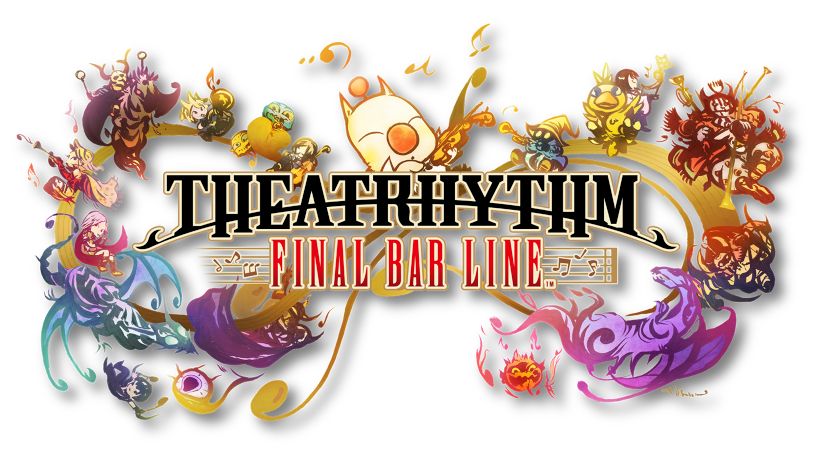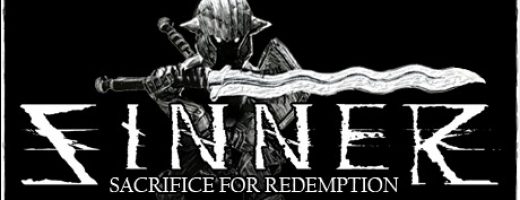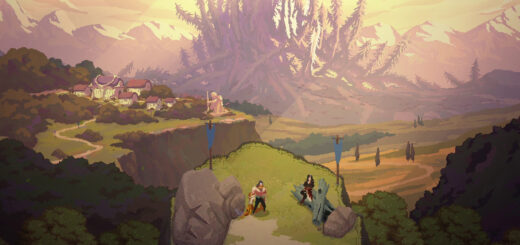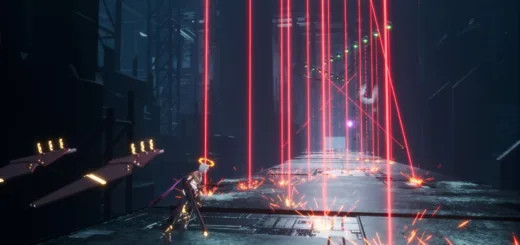Theatrhythm Final Bar Line Review
Victory Fanfare
The Final Fantasy series has been at the forefront of video game RPGs throughout the last three decades plus. While there are many elements that have earned the series a devoted fanbase, the music has always been right up there with them. So important has the music been to its success that Square Enix has gotten a series of rhythm spin-offs out of it. The latest entry, Theatrhythm Final Bar Line, provides the greatest celebration of Final Fantasy’s music heritage yet, giving fans ample opportunity to enjoy a huge selection of fantastic tracks in its own laidback manner.
There isn’t a huge amount going on in terms of modes, with the game understandably and quite effectively relying on its massive collection of nearly four-hundred tracks from across the series and spin-offs, with DLC and premium editions offering up another hundred-plus including entries from other Square Enix series. The main mode is Series Quests, which acts as the unlock mechanism for free play on all of the non-DLC tracks. Players go through each title, or spin-off subset such as the Compilation of Final Fantasy VII, working through its tracks in a similar order to where they are found in the game, which makes them available for free play. Only a select few titles are available at the start, but after a few tracks each title grants players a key, letting them jump into another title and unlock others fairly quickly.
With Final Bar Line being on Switch and PlayStation 4 while previous entries were on Nintendo 3DS, the game requires fresh controls. Each track has players taking a party of up to four series characters into Battle or Field Music Stages. Both have the party facing off against waves of enemies and potential bosses, with the type of stage, the location, and the enemies reflecting those around the track in its source game. Battle stages have the triggers moving from left to right in four lanes with combinations of Touch Triggers (button presses), Slide Triggers (stick tilts), and Hold Triggers (button holds) needing to be activated at the appropriate moment in time with the music. Meanwhile, Field stages feature a single track lane and add Hold-Slide Triggers, which are effectively a button hold accompanied by relevant stick tilts as the lane moves up and down. There are also special Event Music Stages, which are primarily reserved for bonus full-motion videos unlocked after completing a title’s Series Quests, which act the same as Battle stages rotated 90 degrees.
A few tutorials quickly introduce the relevant triggers, and they’re very easy to get the hang of individually. The biggest challenge in the game comes when it throws different types out in quick succession, or even simultaneously, especially when players aren’t ready for it. For those wishing to play along with someone else or wanting a simpler scheme, the game offers a couple of additional control options that can be switched between with a simple button press before starting a track. The first is the local co-op Pair Style, where two players work together, one having control of the upper lanes and the other controlling the lower lanes. The other is Simple Style, which lets players activate all Triggers with single button presses or holds while any stick tilts for Fields stages are done automatically. All tracks have at least three difficulty options that can be chosen at will — Basic, Expert, and Ultimate — while many also have a fourth Supreme option giving players plenty of scope to determine how much they want to challenge themselves or if they wish to just simply tap along to the music.
All tracks have a maximum score of ten million for a perfect run, with the points given out based on how closely players match the timing from OK through great and up to a rainbow critical, and grades are given out based on the score. The party has a health meter that goes down as players miss triggers, though it’s generally very forgiving and there are plenty of healing options. Each track in the Series Quests also has an associated quest, which can be anything from hitting a certain amount of triggers or completing it with a certain character, to defeating a boss within a certain time frame. These quest are entirely optional in Series Quests but provide extra rewards if accomplished. This is where party composition can be important, as players seeking to defeat these more challenging quests will need the appropriate party to do so. Ultimately, the game does a great job letting the music stay at the forefront and keeping players engaged, while retaining the Final Fantasy feel as the party works through the stage and opponents in their way. There’s great satisfaction putting together a perfectly timed run of triggers while mentally — or perhaps even literally — humming along.
Most potential party members are made available upon a title’s Series Quests being unlocked, with bonus characters including certain antagonists added when the title is completed. Party members are divided into appropriate roles, such as damage dealer or healer, gaining experience and levelling up as they are used. Levelling up characters gives them access to skills that can be assigned in the party menu. Each character has four slots for skills, which have a variety of triggers and effects, and players can take advantage of these to set up their party for the stage ahead. Status effects can play a role in hindering players, but skills allows players to prepare for and mitigate them. Players can also select a summon to come in with its own powerful ability when its bar is filled up, as well as which series airship the party flies in on, though the airship is entirely aesthetic. Part of the fun is being able to chop and change the five parties players have set at any one time with a fun assortment of favourites from across the series, and more casual players can simply ask the game to automatically select the skill loadout.
“Completing” the game can be done quickly. Players only need to complete a small number of titles’ Series Quests before a certain other Series Quest is unlocked that leads to credits and congratulations, but really Theatrhythm Final Bar Line lasts as long as players want it to. There are plenty of challenges, such as trying to complete individual quests within each track, and a massive amount of cards for players to collect showing various scenes, monsters, characters, etc. from across the series. Getting to the credits unlocks an Endless World mode, where players are given three lives and a potentially endless series of tracks and quests, needing to complete the quest to avoid losing a life. There are also online modes where players can create their own profile card and engage in online contests with up to three others in public or private rooms.
The rest of the game is largely collecting various cards given as rewards and drops. The cards offer an assortment of characters, summons, and monsters that provide extra bonuses to them in gameplay, as well as photos featuring Theatrhythm-style artwork or direct screenshots and art from the source titles. This collectathon element is perfectly fine, but there are times where it feels like Final Bar Line could be more of a celebration of the source games, such as adding little tidbits or character profiles to help players relive their memories. Other than the order of the Series Quests and party members, there’s little connecting the tracks together.
It almost goes without saying that the music is top drawer. Theatrhythm Final Bar Line is a fantastic showcase of the musical talents that have worked on the series, making it easy to appreciate some of the different styles and approaches that they have taken and how things have evolved across the years or hearkened back to the past. There are some tiny potential quibbles to be had in the track curation; many of the most recent Final Fantasy XIV expansion standouts are sadly missing — though Final Fantasy XIV could easily get its own Theatrhythm title at this point — and where songs have both English and Japanese versions, only the Japanese version is included. There are also a few tracks that are clearly condensed versions and some of the choices between which tracks are condensed and which aren’t is a bit odd. Nevertheless, these pale in comparison to the sheer amount of stellar, unforgettable music that Square Enix and indieszero have thrown into the game.
Final Bar Line keeps the graphical style of the previous Theatrhythm games. It works very well in creating a unified style while giving each of the character and enemies enough details to make them immediately recognisable to fans. The game utilises its enemy and location templates well to make strong approximations to the source, even if it is occasionally noticeable that it is relying on templates. It has a strange job in that the stage graphics can’t be too flashy so that players can focus on the triggers, but it does a fine job having something interesting and relevant going on that evokes the relevant scenes from the source while keeping the rhythm part of the UI nice and clear. The only times it stumbles on this is with certain summons’ flashy attacks that are very hard to avoid being drawn to.
Theatrhythm Final Bar Line is an easy recommendation for Final Fantasy fans. The rhythm gameplay is highly enjoyable and a fantastic way for players to enjoy a trip through the musical delights that the series offers. As a love letter to the series’ soundtracks it heartily succeeds, and every play session is bound to come away with players fondly humming at least one of the tracks they’ve played through for hours ahead.
Disclosure: This review is based on a free copy of the game provided by the publisher.


Loads of fantastic music
Highly enjoyable rhythm "battles"
Plenty of options for relaxing or challenging gameplay
Curious choices on giving tracks curtailed versions
Collectathon elements are a bit drab










Recent Comments